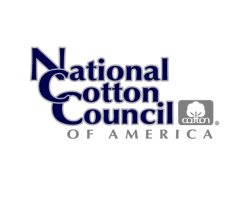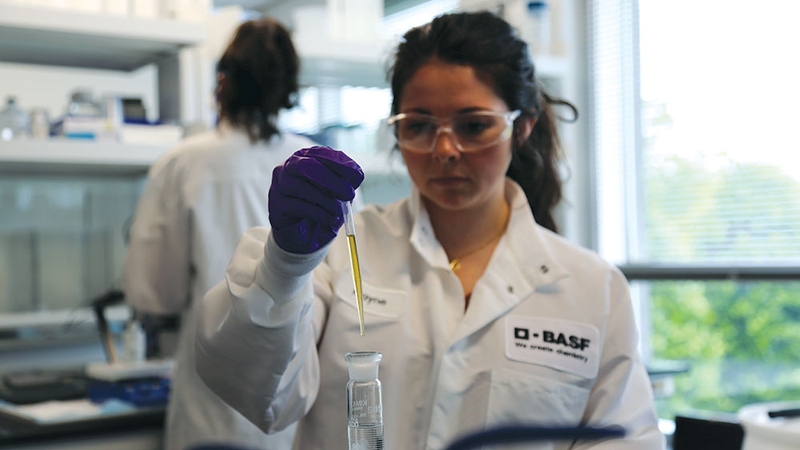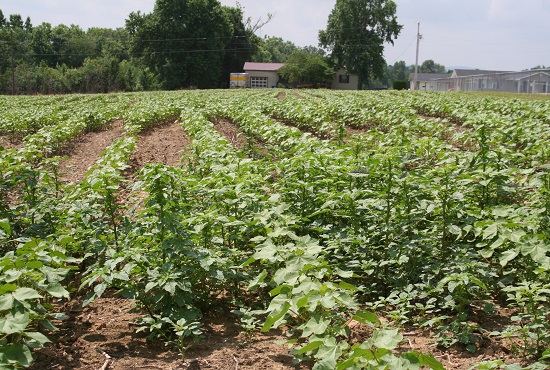Logistics problems, prove that … All That Glitters Is Not Gold

Nobody likes a seasoned old cliché more than I do, and years like this past one lend themselves to every old adage that comes to mind. Two dollar cotton, once thought to be an impossibility, has likely been as much a source of heartache as it has been home run.
I will say that at our company we paid more for cotton than ever before and we also sold it for more ; all of which is good news. The even better news is that our average purchase price for this year is already almost 14 cents per pound ($70 per bale) higher than last and without the volatility. As a result of a record-setting market, we have since had to endure a sudden and instant evaporation in demand, massive buy and sale side defaults, and tremendous stress applied to an already challenged cotton infrastructure. This is not to say that there weren’t benefits which we all will share, but they have come at some cost. Fortunately we work in an industry with a history of problem solving and I am confident those that were brought to light during this last year will be addressed as have others before them.
As football season started last year none of us had any idea what we were about to witness. Crops around the world continued to shrink if not falter. Demand was stuck between growing and exploding. Price did not seem to matter. The numbers became overwhelmingly bullish and the market reacted accordingly. It looked like the “impossible” could be true; e.g. ending stocks in the U.S. were set to dip below 10%.
When I was at North Carolina State, a professor told me it would never happen as price would ration demand so dramatically we would never get below 10% stocks-to-use. And while indeed we never did, we got darn close. Two-dollar cotton rationed demand vis-à-vis demand destruction. While the drop in cotton prices might have been less dramatic, the drop in yarn prices was not. Yarn prices plunged, demand hit a wall, and as quickly as the world’s used-to-be residual supplier got into the primary supplier business, we were out.
Clean Up, Address, Assess
This summer was time (and still is in certain cases) to clean up and assess and address the pluses and minuses. There are certain words we all never want to use in the cotton business, like hail, or drought, and of course default. No matter who defaults on whom or when and where, I can promise that the producer always gets hurt. Sometimes more and sometimes less, but the buck rolls back to the beginning of the line and in this business that means the producer. Co-ops and merchants fought defaults from producers on the way up, and then from mills on the way down. While everyone shed a little blood, we all will be impugned by the actions of a few. Cotton will neither be bought nor sold as it has been in the past, and as more risk gets priced and less money goes to where it should be – on the farm. Honoring our commitments to one another has to be job number one for all of us; until now it has been U.S. cotton’s exclusive claim to greatness and it again has to be.
It is no secret that the U.S. cotton industry is the world’s most reliable supplier in every context. Weak worldwide economies though have exaggerated price sensitivity among world textile mills making the U.S. the world’s most expensive cotton and the world’s residual supplier, until this past year anyway. We were given a glimpse of the future for this industry last year and that future includes the ability to move as much of, or all of, our cotton in a very short period of time as shown by the included graph. While enormously demanding, we know it can be done as others do it already and we have certainly tackled bigger problems. Cotton has to flow into the system faster and more efficiently than ever before. The ability to move cotton in volatile markets and during times of high prices is a seller’s number-one risk-management tool.
This past summer the National Cotton Council brought together its members and fostered the opportunity to solve our logistics issues. While consensus is yet to be reached on all points, progress has been made. It is industry wide-efforts like these that will insure that the US will remain on the forefront of the cotton industry.
Demand for new-crop cotton is weak overall, but domestic demand is holding up as is demand from China. The drought in Texas is not just a cause for concern for 2011/12, but possibly 2012/13. Demand though will return, it will one day rain in Texas, and we will be ready, willing and able to meet the world’s fiber needs. I am unbearably bullish on the future of agriculture here in the U.S. and I hope that all of you will join me or give me more chances to tell you why.








